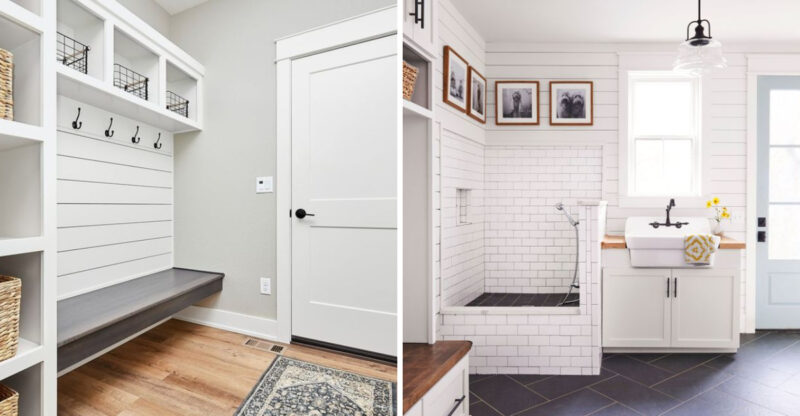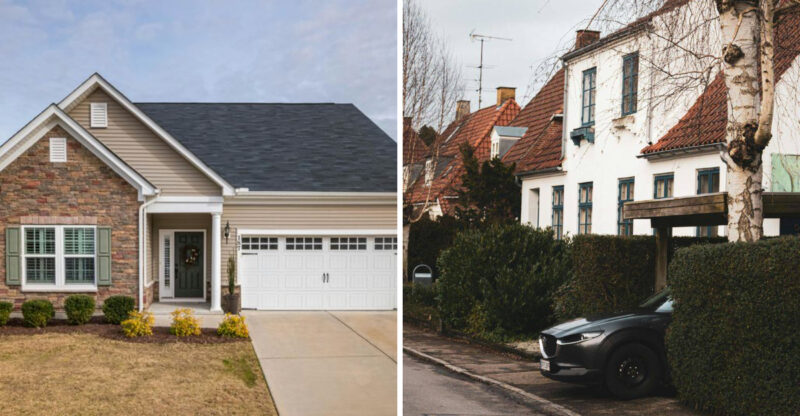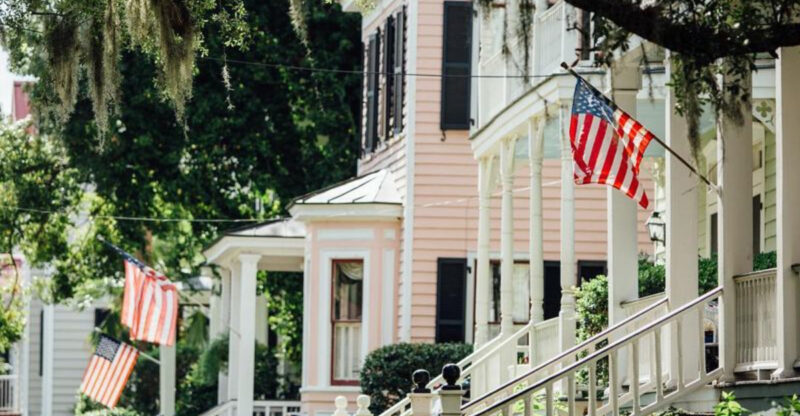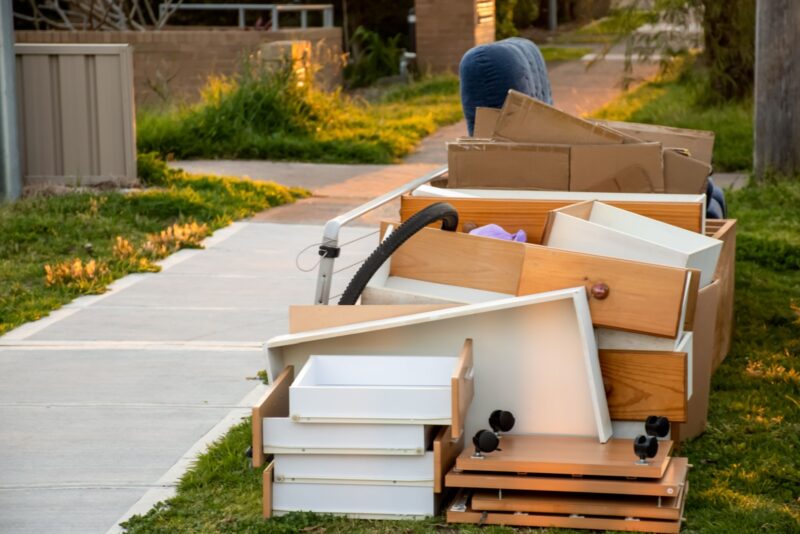8 Value-Tanking Homes Of 2025, And 3 That Are Just As Hopeless
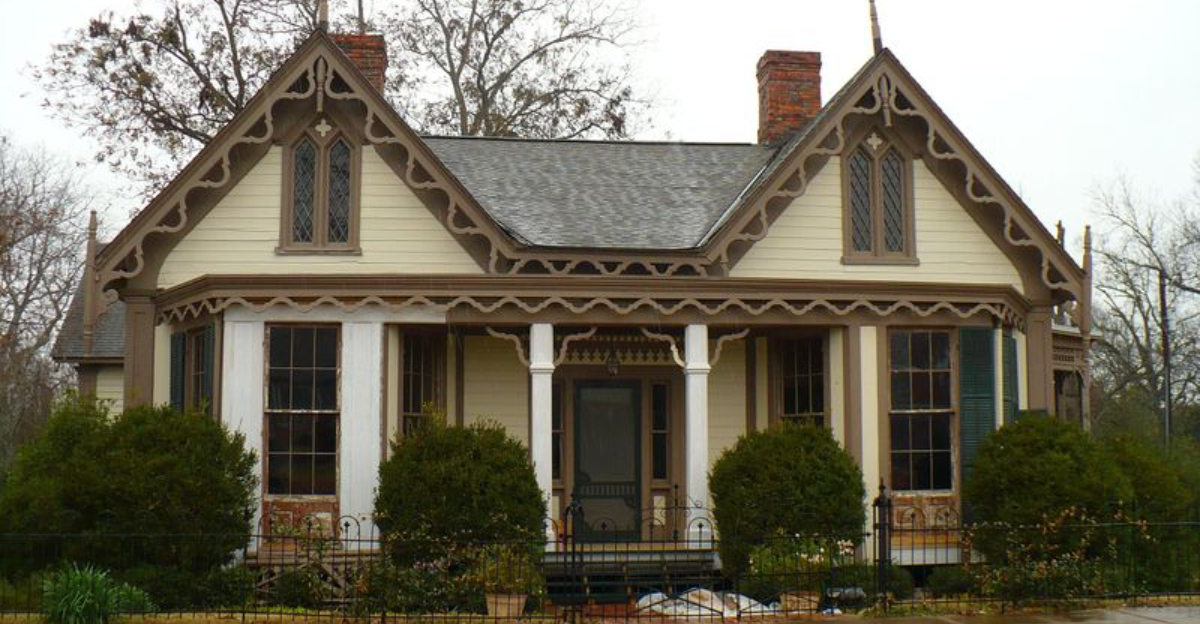
Looking to avoid a real estate nightmare? The housing market can be brutal, and some architectural styles are heading straight for the financial chopping block.
Industry trends reveal which homes are most likely to lose serious value by the end of 2025. From outdated eyesores to problematic structures, these properties might seem like bargains now, but could leave future owners seriously underwater.
1. Concrete Brutalist Boxes From The 1970s
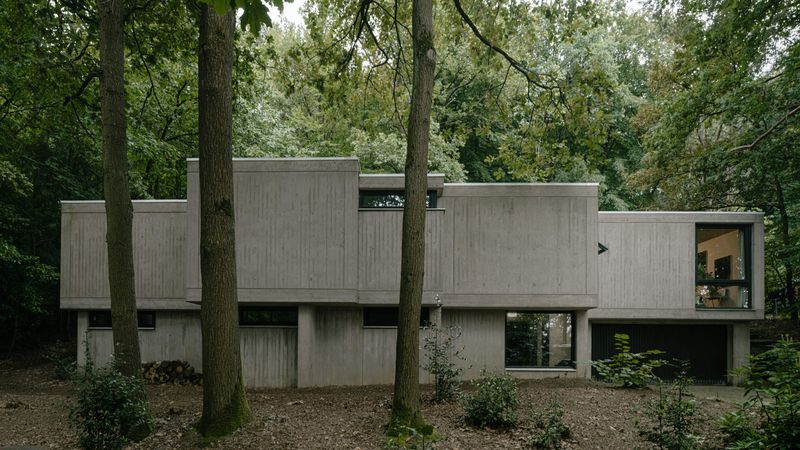
Brutalist homes have fallen brutally out of favor. Their stark concrete facades crack and stain over time, creating eyesores that scream “institutional” rather than “inviting.”
Where once these structures represented bold architectural statements, they’ve aged poorly both aesthetically and functionally. The thermal properties of concrete make these homes energy vampires, freezing in winter and sweltering in summer.
Few buyers want to live inside what essentially feels like a parking garage with windows, regardless of its architectural pedigree.
2. Frigid Ultra-Modern Glass Palaces
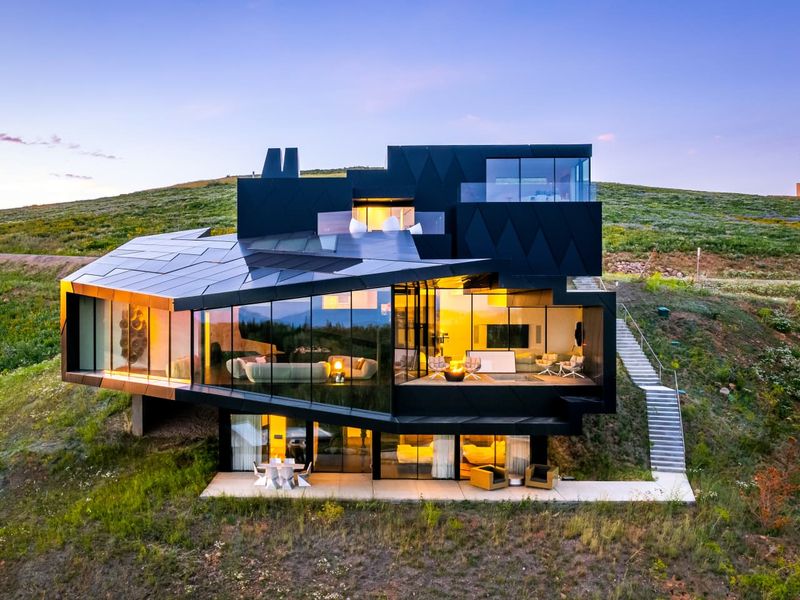
Those sleek glass boxes with razor-sharp edges? They’re cooling off faster than their poorly insulated interiors. Ultra-modern homes built with cold materials like steel, glass, and concrete initially wowed buyers with their Instagram appeal.
However, the reality of living in these spaces hits hard when utility bills arrive. The minimalist aesthetic often translates to minimal comfort and maximum maintenance costs.
Fingerprints on glass walls, specialized cleaning requirements, and the dated look of specific modern trends make these homes increasingly difficult to sell.
3. Bloated McMansions With Identity Crises

McMansions are the architectural equivalent of fast food, supersized but lacking substance. These suburban behemoths feature confused styling with random turrets, mismatched windows, and bizarre room proportions that serve no practical purpose.
Their massive footprints create heating and cooling nightmares while their poor-quality materials start failing within a decade. Young families increasingly reject these status symbols for smaller, more thoughtful homes.
Did you know? Many McMansions built during the 2000s housing boom used materials with 15-20 year lifespans, meaning major systems are failing right now.
4. Ranch-Style Relics Stuck In Time
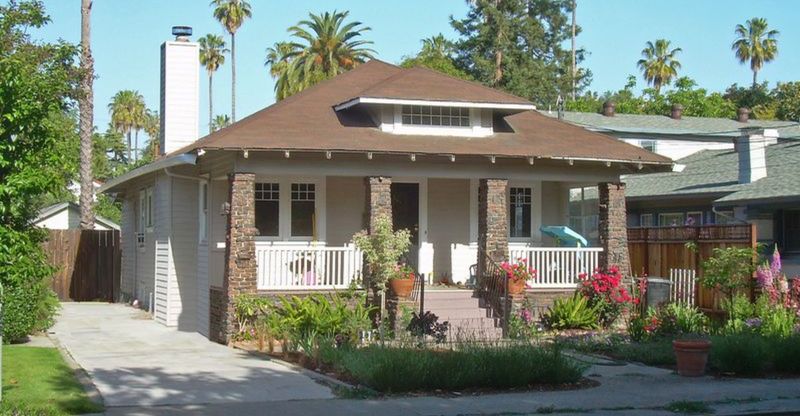
Ranch homes with popcorn ceilings and wall-to-wall carpeting are becoming increasingly difficult to offload. Their single-level sprawl wastes valuable lot space while offering dated floor plans that modern families find inefficient.
Though once the epitome of suburban success, these low-slung homes now signal outdated living. Their small windows create cave-like interiors that lack natural light, a major deal-breaker for today’s home seekers who crave connection to outdoor spaces.
Even worse, many ranches sit on large lots ripe for developers to tear down and rebuild.
5. Forgotten A-Frame Cabins
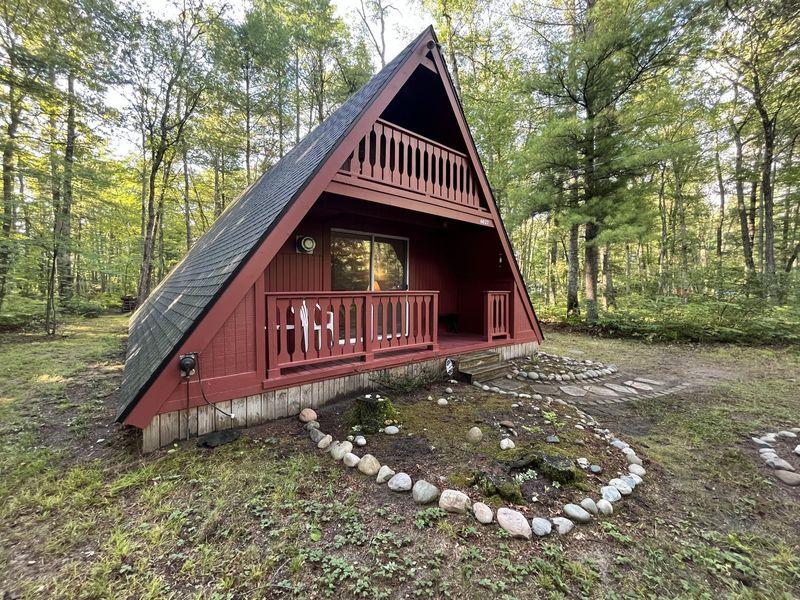
A-frame cabins are facing a steep decline in popularity and value. These triangular retreats waste enormous amounts of interior space due to their sharply sloped walls, making furniture placement a geometric nightmare.
Their distinctive silhouettes, once charming vacation getaways, now read as impractical and outdated. Most suffer from poor insulation and inadequate foundations that are expensive to remedy.
Without significant modernization, these nostalgic structures appeal primarily to Instagram influencers for weekend photoshoots rather than serious buyers looking for functional living spaces.
6. Disjointed Split-Level Homes With Awkward Transitions
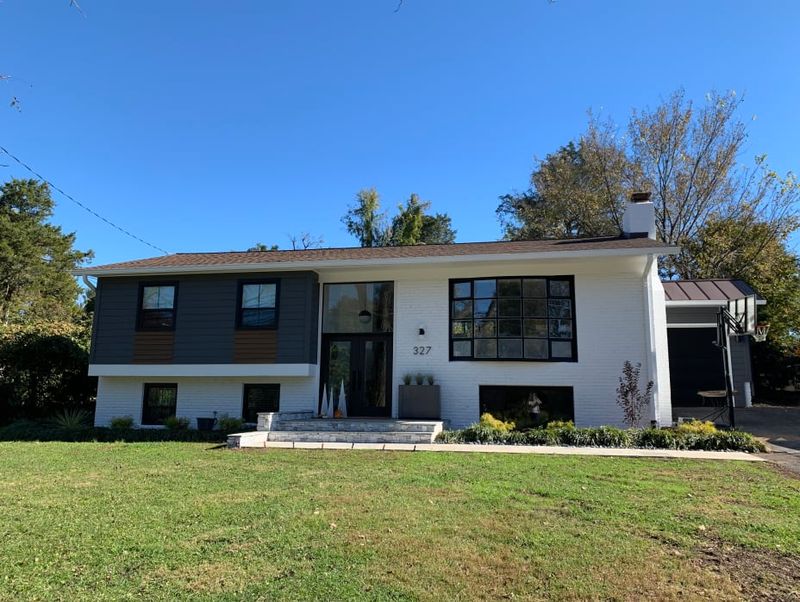
Split-level homes are stumbling down the value ladder with their awkward half-flights of stairs and choppy floor plans. These 1960s-70s creations force residents to constantly trek up and down steps between living areas. A true nightmare for aging homeowners or anyone with mobility issues.
Their compartmentalized designs create disconnected living spaces that clash with today’s open-concept preferences. Narrow staircases and low ceilings add to the claustrophobic feel.
Though once innovative solutions for building on sloped lots, these homes now represent outdated living patterns that home hunters increasingly reject.
7. Worn-Out Mid-Century Time Capsules
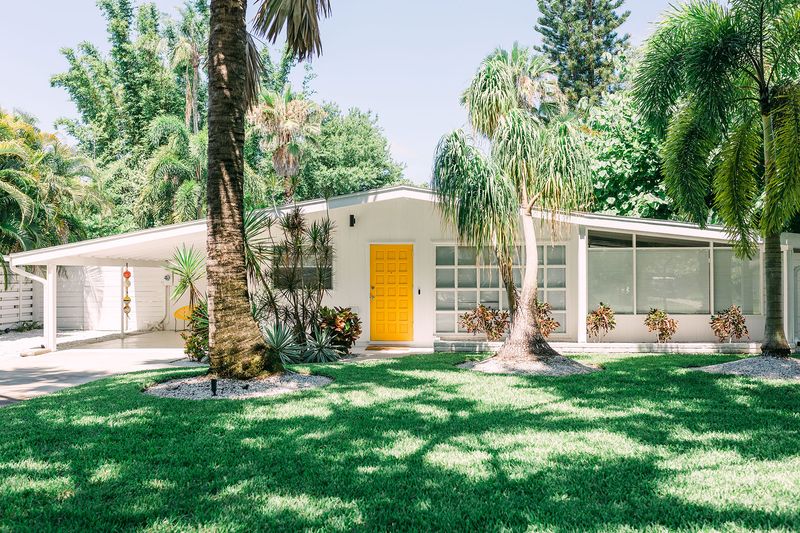
Mid-century homes suffering from decades of wear are losing their retro charm fast. While well-preserved specimens command premium prices, those with original aluminum wiring, asbestos tiles, and crumbling terrazzo floors have become renovation nightmares.
The distinctive period features that made these homes special, sunken living rooms, conversation pits, and wood paneling, now require costly updates to meet modern expectations. Original single-pane windows and minimal insulation create energy efficiency disasters.
Buyers increasingly balk at the extensive work needed to make these architectural time capsules livable by contemporary standards.
8. Ornate Victorian Monstrosities With Gingerbread Overload
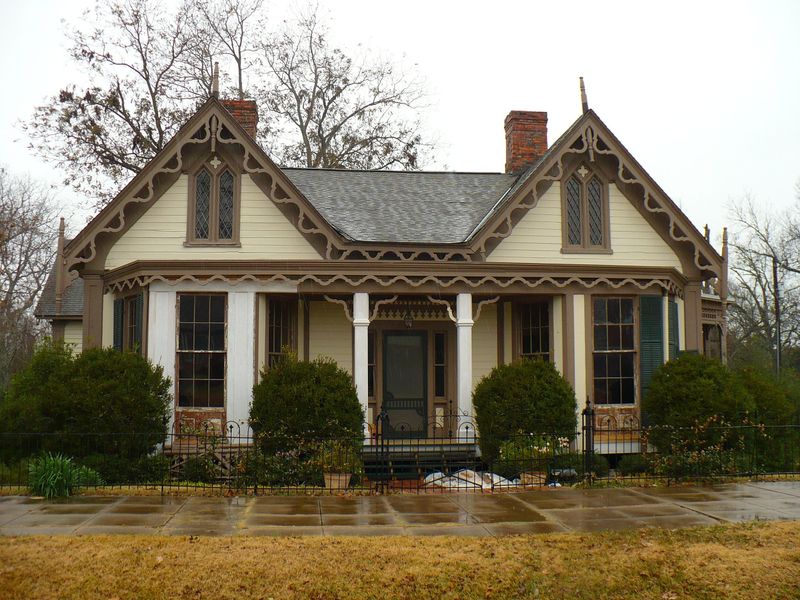
Victorians with excessive trim are turning into money pits faster than you can say “historical preservation.” Their intricate gingerbread details require specialized craftspeople who charge premium rates for repairs.
Heating these drafty giants costs a small fortune, and younger home seekers simply don’t want the maintenance headache. Most millennials and Gen Z house hunters run screaming from these ornate beasts.
Insurance companies also charge astronomical rates due to outdated wiring and plumbing systems hiding behind those fancy walls.
9. Cookie-Cutter Tract Homes From The Early 2000s
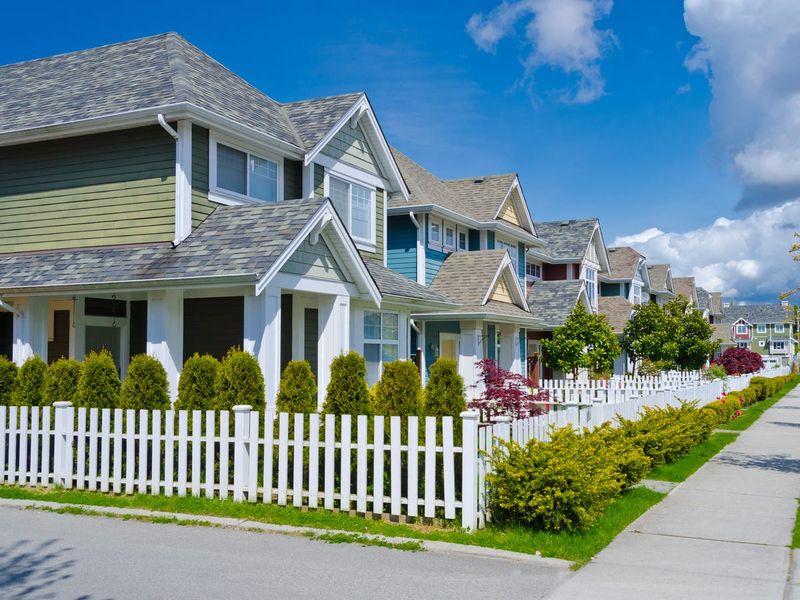
Cheaply built tract homes from the early 2000s are aging like milk left in the sun. Constructed during the housing boom with cost-cutting materials and rushed workmanship, these cookie-cutter properties are showing serious signs of premature aging.
Their builder-grade finishes, hollow core doors, laminate countertops, and vinyl siding typically have 15-20 year lifespans. Major systems are failing simultaneously across entire neighborhoods.
Worse still, their homogeneous designs and lack of character make them indistinguishable in a crowded market, creating a race to the bottom on pricing.
10. Mobile Homes With No Land Ownership
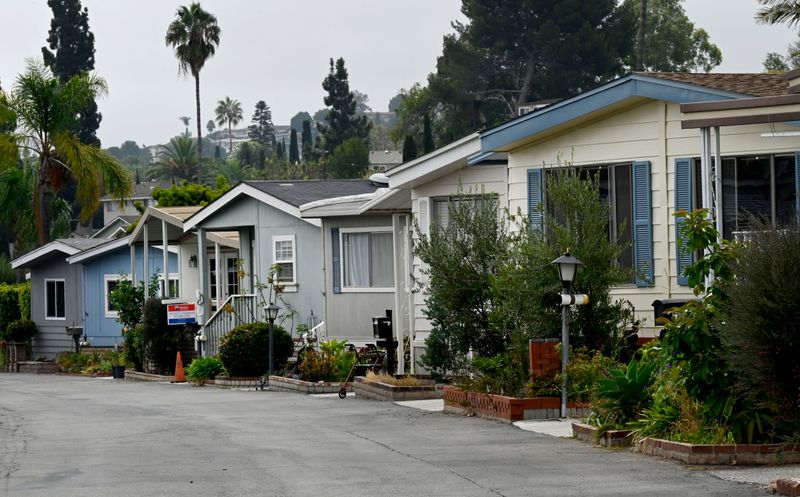
Mobile homes without land ownership are depreciating faster than cars driving off the lot. Unlike traditional real estate, which typically appreciates, manufactured housing on rented land behaves like vehicles, losing value immediately and continuously.
Financing these properties requires personal loans rather than mortgages, with higher interest rates and shorter terms. Park owners can increase lot rents unpredictably, adding financial uncertainty.
How quickly do they lose value? Many mobile homes depreciate 3-5% annually, making them investments in diminishing returns rather than wealth-building assets.
11. Homes In Environmental Danger Zones
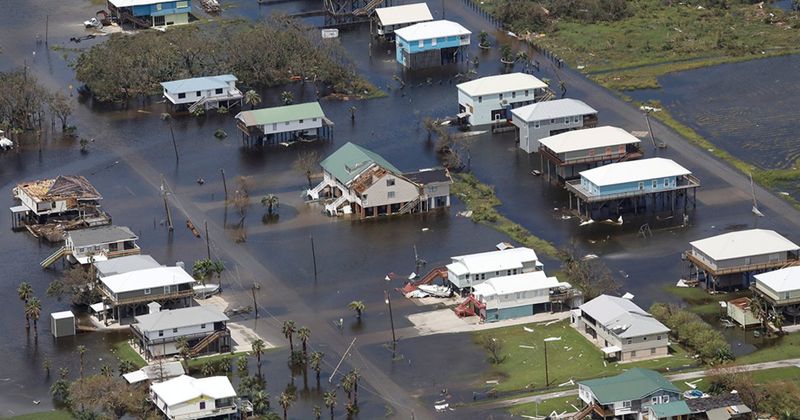
Properties in flood-prone or high-risk areas without significant upgrades are becoming virtually unsellable. Climate change has dramatically increased flooding, wildfires, and extreme weather events, making insurance for these homes either astronomically expensive or completely unavailable.
Mortgage lenders increasingly require expensive flood certifications and disaster insurance for properties in vulnerable zones. Without substantial mitigation investments like elevated foundations or fireproof materials, these homes face plummeting values.
Even worse, disclosure laws now require sellers to reveal past flood or disaster damage, making these properties radioactive to informed buyers.

